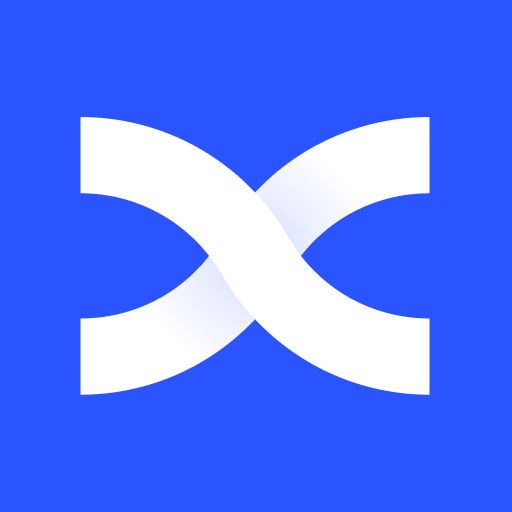Exploring CoinZest: A Modern Cryptocurrency Exchange
CoinZest is one of the emerging cryptocurrency exchanges aiming to cater to the ever-growing market. This article provides a comprehensive overview of CoinZest, focusing on its history, features, offerings, and why it is gaining popularity among crypto enthusiasts.
History of CoinZest
Founded in South Korea, CoinZest aims to be a reliable and customer-centric cryptocurrency exchange. While it is not as old as some of the more established exchanges, CoinZest has been rapidly developing and implementing features that are attractive to both novice and experienced traders.
Features of CoinZest
What makes CoinZest an exchange worth considering? Here are some of its key features:
- User-Friendly Interface: CoinZest has an intuitive and user-friendly interface which makes it easy for users to navigate and execute trades.
- Wide Range of Cryptocurrencies: CoinZest offers a diverse selection of cryptocurrencies for trading. This is particularly advantageous for traders looking to diversify their portfolios.
- Security: CoinZest employs robust security measures to safeguard users’ assets and data.
- Customer Support: CoinZest takes customer queries seriously and has a dedicated support team.
Trading Fees and Withdrawal Limits
CoinZest employs a competitive fee structure. Like most exchanges, it operates on a maker-taker model. Below is a simplified representation of CoinZest's fee structure:
| 30-Day Trading Volume (USD) | Maker Fees | Taker Fees |
|---|---|---|
| < $10,000 | 0.10% | 0.20% |
| $10,000 - $50,000 | 0.09% | 0.18% |
| > $50,000 | 0.08% | 0.16% |
Withdrawal limits on CoinZest vary depending on the cryptocurrency. Generally, these limits are set at reasonable levels to cater to both small and large traders.
"CoinZest offers a competitive fee structure which makes it a preferable choice for many crypto traders."
Pros and Cons of CoinZest
Like any platform, CoinZest has its own set of advantages and disadvantages:
- Pros:
- Extensive range of cryptocurrencies.
- User-friendly interface.
- Competitive fees.
- Cons:
- Relatively new in the market.
- Limited global presence compared to bigger exchanges.



